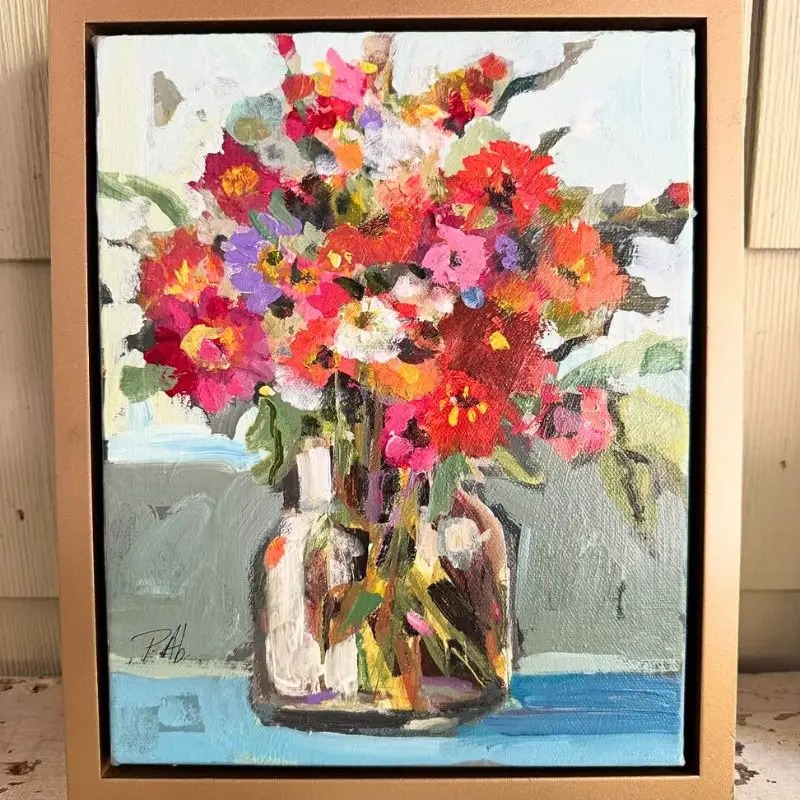Any garden can become an inspiring space if different elements are well combined.
An interesting blend of concrete and the natural beauty of plants make a modern environment, working seamlessly together to enhance the aesthetics of your garden with great functionality and visual appeal. You can also read more about Protect Your Garden by Combating the Spotted Lanternfly
Concrete in Garden Design: 5 Benefits
Concrete is ideal for creating essential garden features because it provides strength and durability. It can define spaces, add structure, and establish a flawless flow in your garden. Concrete is ideal for durable walkways, borders, patios, and retaining walls.

Many useful techniques provide better approaches and execution of works, especially for extensive and irregularly shaped gardens where traditional concrete methods can lack short.
Modern concrete pumping services provide efficient ways to install elements, especially in challenging spaces, thanks to precise application.
Here are five advantages of installing garden elements with modern concrete pumping services.
1. Precision and Control
Traditional concrete tools could be more precise in hard-to-reach areas, while modern concrete pumps have accurate concrete placement.
2. Efficiency and Speed
Concrete pumping services transport concrete quickly and directly to the desired location, saving a lot of time and speeding up the installation. Fast transport and concrete installation will allow you to move on to the planting phase and complete your garden design faster.
If you’re ever looking for a mulch supplier/store, just google “concrete pumping near me,” and a good number of results will appear immediately.

3. Reduced Costs
A concrete pump can lower overall labor costs by reducing the manual labor needed to transport and place concrete. Reduced need for manual labor is making the process more cost-effective, which is even more profitable in large projects.
4. Easier Access to Tight Spaces
Areas that are difficult to approach with traditional pouring techniques are no problem for concrete pumps. They are easily accessible for narrow spaces, elevated or irregular spaces without any losses on quality and design.
5. Consistent Quality
Thanks to the continuous concrete flow, the pumps reduce the risk of weak spots and inconsistencies in the final product, which helps create strong, durable features.
Design Garden with Flow
To make your garden design successful, you must think about the flow that you will have through the space, not just the proper placement of the plants. You must consider how elements contribute to the overall feel.
Blending pathways with flowers and plants that soften the hard edges of concrete will make the concrete blend with surrounding greenery. Also, concrete can be poured in various shapes and finishes, offering a dozen possibilities for garden customization.
3 Tips for a Balanced Design Between Concrete and Flowers
If placed correctly, concrete and flowers can enhance each other, creating a harmonic garden atmosphere. Concrete beds are very beneficial in protecting plants from soil-borne diseases, and they can also be used to showcase specific plants or flowers.
Concrete seating areas can also be enriched with flowers to provide a peaceful and relaxing space for rest.
Here are the top three tips for balancing concrete and flowers in garden design.

1. Integrate Soft Edges and Curves
To mitigate concrete's rigid appearance, use curved pathways and borders. When concrete is designed to complement the natural curves of flowers and plants, it appears like a natural part of the landscape, not just a harsh dividing line.
2. Choose Complementary Plant Types
Plants should contrast and complement the concrete’s color and texture. Choose flowers with vibrant colors that pop against concrete neutral tones.
3. Balance Proportions and Spaces
Plants should remain the focal point of your garden, so make sure you balance the amount of concrete with flowers well. For example, if you have tall supporting walls, place vertical flowers to soften that surface.
Also, leave enough space for plant beds alongside concrete pathways and larger surfaces. This approach is going to give you a well-balanced space filled with harmony.

The Growing Appeal of Concrete in Garden Design: 4 Statistics
- According to Mordor Intelligence, the U.S. landscaping market is projected to reach $221.19 billion by 2029. This underscores the significant investment in landscaping, including durable concrete features.
- The average increase in concrete costs reached $159.63 per cubic yard in 2023. This detail illustrates that concrete is still widely chosen despite rising prices for its durability and versatility (data by: House Grail).
- According to a statistical analysis conducted by This Old House, the average household spent around $616 on lawn and gardening activities in 2022, with 38% planning to increase spending in 2023. These numbers demonstrate the prioritization of investment in landscaping elements that offer long-term savings, like concrete.
- Based on data from This Old House, the expected growth in gardening supplies and equipment sales is projected to reach $127 billion in 2024. This reflects the overall demand for sustainable garden investments, including eco-friendly concrete in green spaces.
Conclusion
Incorporating concrete into garden design is ideal for creating a modern, durable, and functional garden. Combining concrete with greenery, you can achieve a cohesive look and connect various areas with pathways.
The fusion of concrete with natural elements like flowers and plants will continue to inspire a lot of homeowners who are investing in landscaping.










